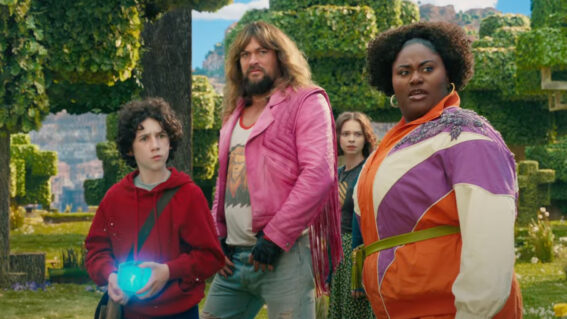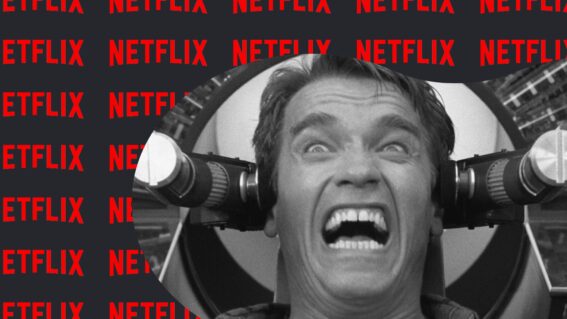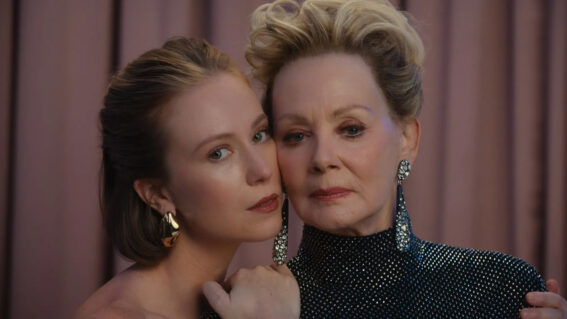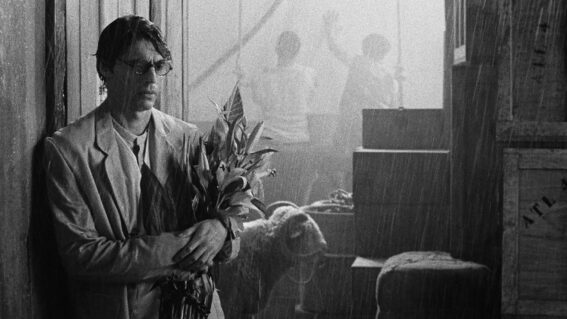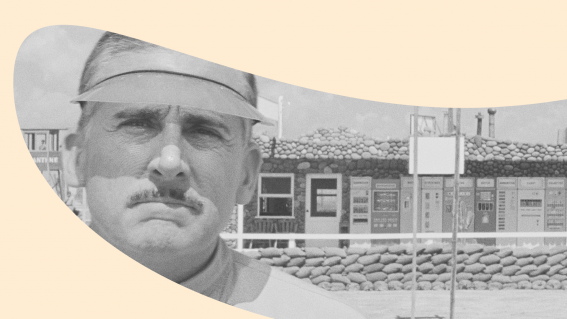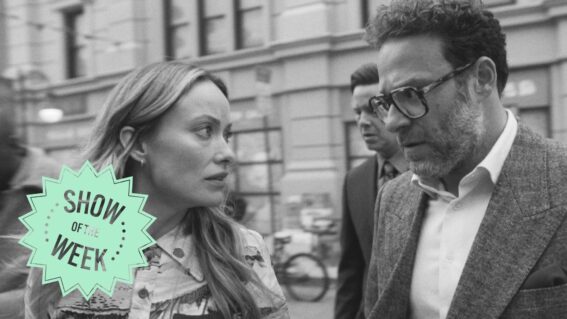Submerged is Apple Vision Pro’s first attempt to reinvent movies
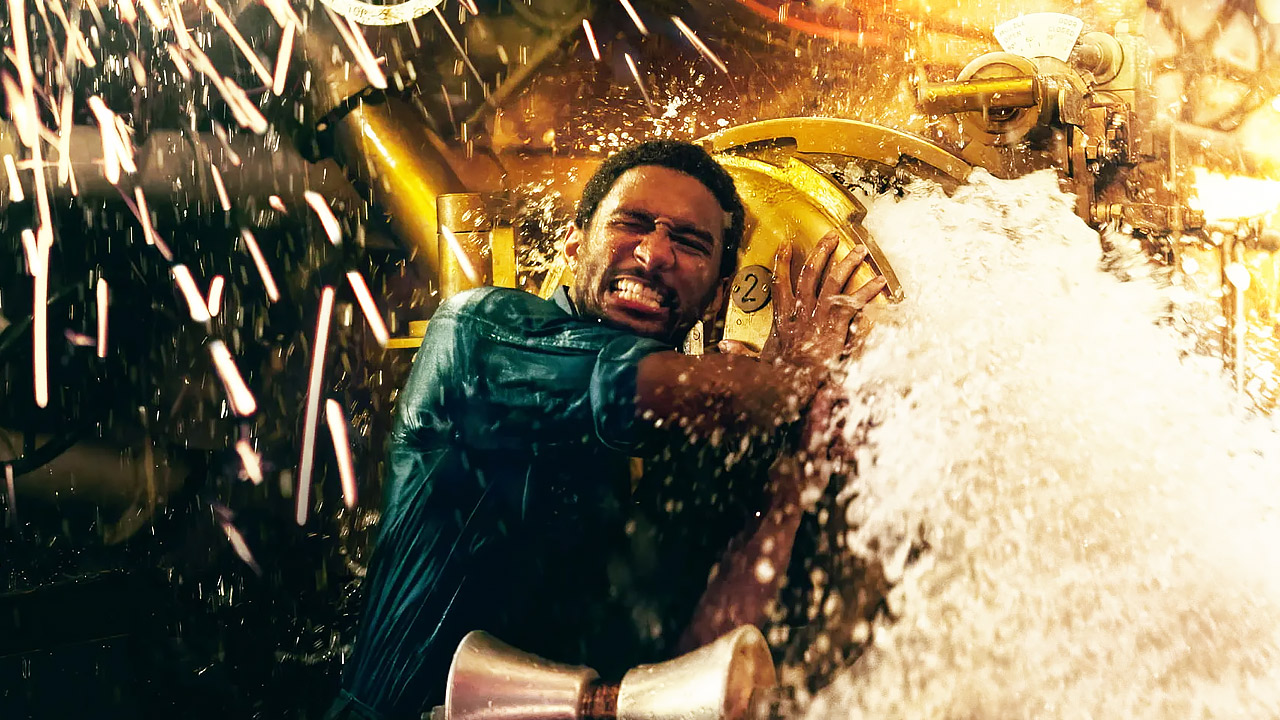
Is Apple’s new short film Submerged, available on its Vision Pro headset, a vision of the future of entertainment? Luke Buckmaster dives in, weighing up the good and the bad.
The first scripted video produced for the Apple Vision Pro is a 17 minute short set on a submarine, during WWII, where all hell breaks loose when a torpedo attack hits. Things are quiet and uneventful for about half the runtime; a little too quiet, you might think, while soaking up stylish shots of the vessel, presented in the 180 format and in super crisp 8K 3D. But then director Edward Berger flicks the switch and enters disaster mode as the crew—including protagonist James Dyson (Jordan Barton)—scramble for life and limb, in a new mission to get the hell out and avoid drowning.
Chances are, if you’re reading this, you’ve never experienced Apple’s hideously expensive headset (which you can sample for free at any Apple store). Even if you have, the quality and vitality of the images in Submerged will still be striking: you can see the pores on the actors’ faces, and almost feel condensation dripping from the sub’s various dials and thingamabobs. It’s sleekly produced, cinematic compositions varnished and a classy blue-tinged palette.
The spectacle is over pretty quick; while Submerged’s runtime is technically 17 minutes, when factoring in closing credits and an opening text insert it’s closer to 15, feeling less like a fully developed experience than a glorified proof of concept. Roughly half is scene setting, including a smidge of character development, with Dylan sitting down for a chinwig with a friend, who’s in high danger of losing his life when the shit hits the fan. We know this because he whips out a photograph of his baby sister, who he’s never met, establishing emotional stakes and thus—according to war movie logic—putting a mark on his head.
Apple describes the Vision Pro as a “spatial computer” rather than a virtual reality headset, but that’s just marketing talk: they’re interchangeable terms. Although modern VR has been around for years, arriving on the mass market in 2016, scripted 180 videos remain rare. More common are scripted 360 videos (which deploy wraparound visual environments, often requiring viewers to turn their heads) and non-narrative 180 content such as nature documentaries. The Vision Pro has a small amount of the latter.
Big tech companies are betting that this still-emerging format is “the future of entertainment,” or at least one aspect of it. Earlier this year Meta—the dominant player in this space—released a six-part scripted horror series called The Faceless Lady, director John William Ross using the 180 format to spruce up a fusty haunted castle narrative. Each episode clocked in at around 20 minutes, making the cumulative experience feature-length, thus a better taste of what 180 feels like in a long or long-ish format.
I wrote about The Faceless Lady back in May, criticizing it for editing that’s “higgledy-piggledy and displacing,” regular cutting making it “hard to sink into any moment, because you know the director will soon cut away, even if it’s just to the other side of the room.” That criticism also applies to Submerged. Berger doesn’t want to be boring, so he regularly cuts, yet many of these cuts having a disorienting effect.
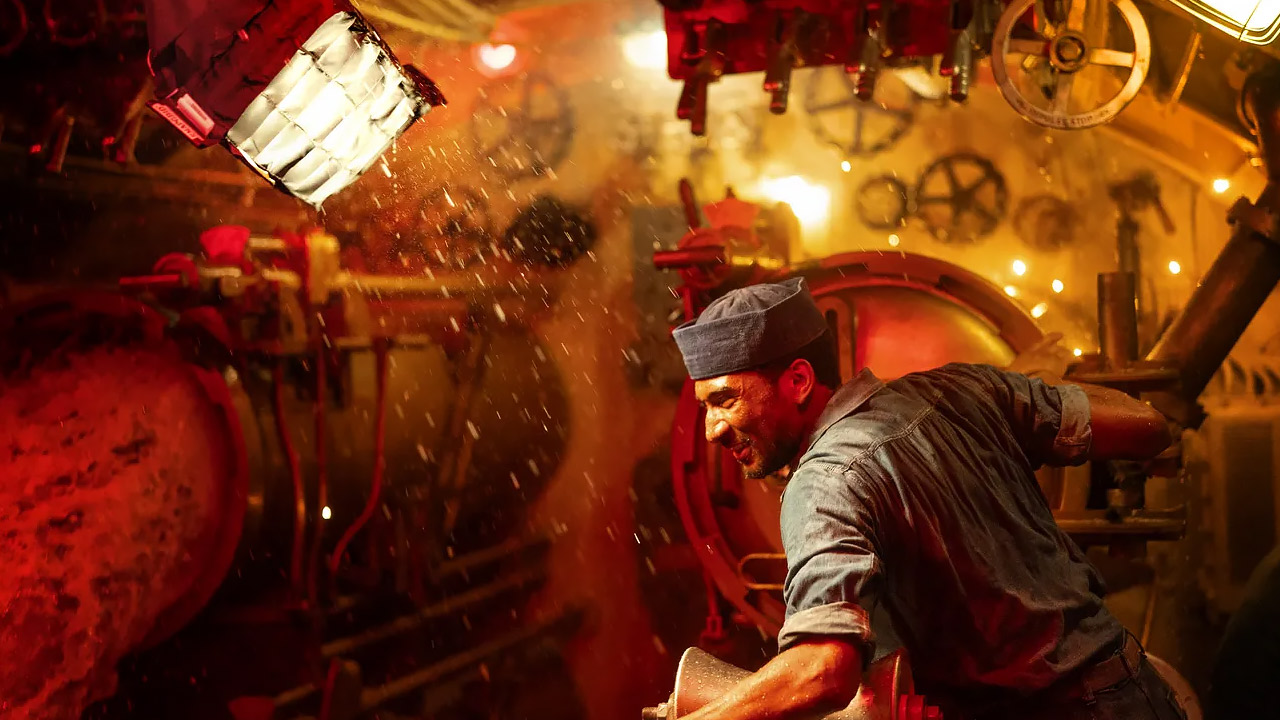
Movies and TV shows are filled with so-called “invisible cuts.” But there are no invisible cuts in 360 and 180 experiences; the heightened immersivity of these formats amplifies every edit. This is particularly felt in Submerged when Berger breaks the 180 degree rule, cutting for instance from a shot from behind the actor’s back, to a shot in front of him, which really jerks us around. His biggest mistake is not recognising that in such formats it’s crucial to respect the spatial consistency of a scene; to use the environment to tell the story.
Several times in Submerged—particularly when water starts gushing every which-way—I felt like saying: “dude, slow down, stick with this shot, let us sink into the moment.” Only for Berger to pull the trigger and keep cutting. While insisting that 180 videos are the way of the future, Apple and Meta paradoxically hire directors who bring old, film-centric approaches to mediums that require different ways of thinking.
One concept that can help content creators get their heads around how to shape 180 and 360 storytelling experiences was coined by VR pioneer Nonny de la Peña. It’s called “the embodied edit.” The idea is that, instead of approaching editing as a proces involving chopping and arranging images, to think about it in terms of moving virtual bodies through space. This is easiest when the content is presented in first-person perspective, but that’s not a prerequisite. Check out the 360 video Ghost in the Shell Virtual Reality Diver—which is set in a futuristic neon metropolis, and packed with high octane thrills—for what I consider a fine example of being moved through a space, and using that space to tell a story.
The word “submerged” is a lot like “immersed.” Both imply a complete consuming of our attention, and both are a dream shared by artists and technologists. A dream that feels, after watching Berger’s video, both tantalising near and oh so far away.

